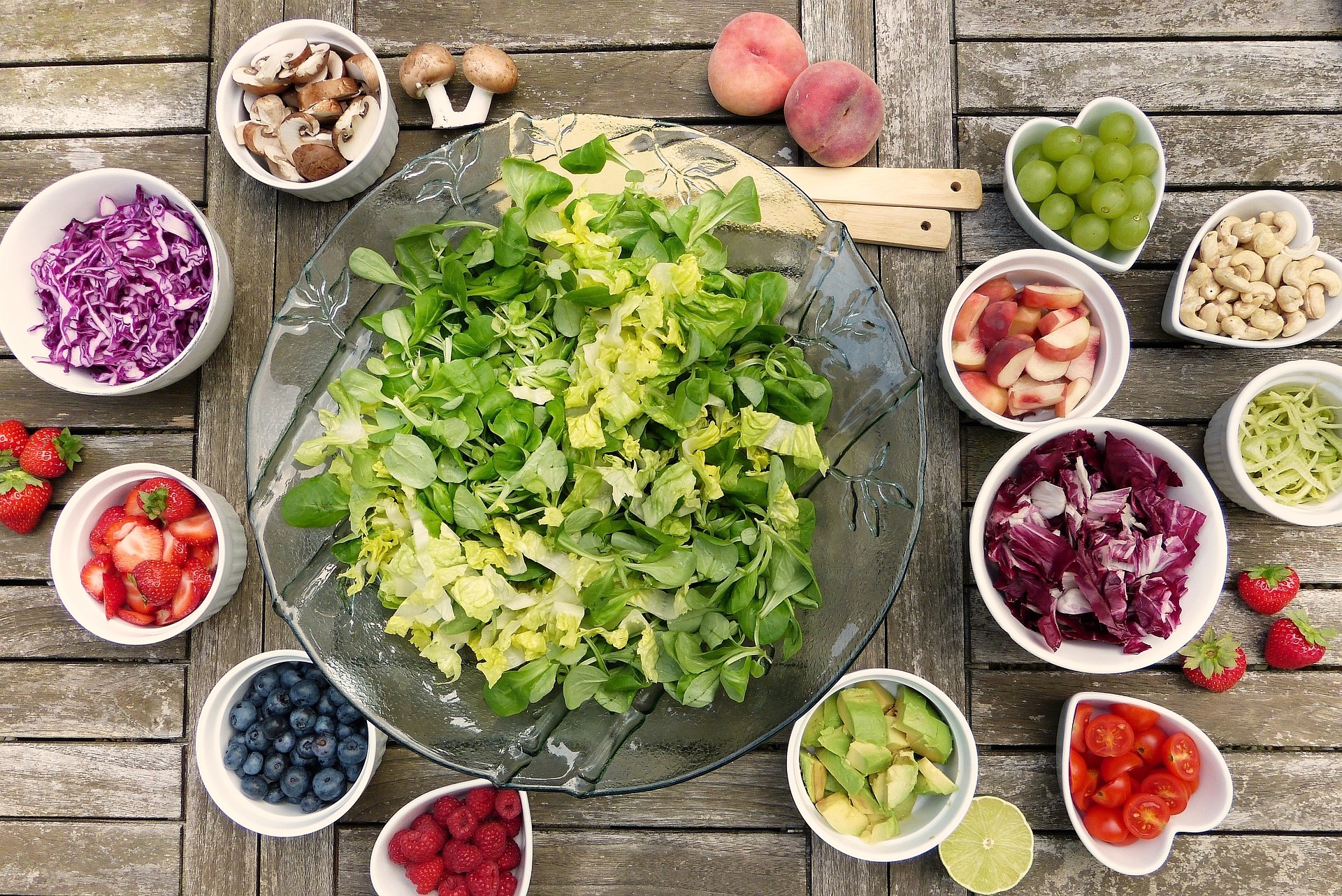1. Low-sodium soup
Soup is great to eat in the winter, provided it’s homemade or low-sodium. Low-sodium soups contain 140 milligrams or less of sodium per serving. “Low” sodium means only 25% has been removed from the soup. Stay away from recipes with cream, beef and salt and use recipes that use chicken broth, vegetable broth or water as a base and have plenty of vegetables.
2. Whole grains
Quinoa and other whole grains such as oatmeal, farro, bulgur and buckwheat provide protein and fibre. Oatmeal is a great breakfast or snack for the winter. It’s high in zinc, which is essential for your immune system to function properly, and soluble fibre supports heart health.
Menu idea: Add cooked whole grains to your salad to keep you full longer, and buy whole-grain breads, crackers, and cereals. Add cinnamon, cardamom, or nutmeg to your oatmeal to boost its flavour without adding calories, fat, sugar, or salt.
Paninis and melts are satisfying and healthy on cold days, provided you avoid bread high in saturated fat and sodium. Eat whole-grain varieties that have “whole grain” as the first ingredient on the package.
3. Berries
Strawberries, blueberries, blackberries, and raspberries are all rich in fibre and antioxidants and are loaded with vitamin C, manganese, and vitamin K1.
Menu idea: Eat berries as a snack or top yoghurt and oatmeal.
4. Greek Yogurt
Greek yoghurt has more protein than other yoghurts and is an excellent source of vitamin B-12, calcium and probiotics, which keep your gut microbiome balanced. Avoid low-fat, “Greek-style” and flavoured yoghurts.
Menu Idea: Sweeten your Greek yoghurt with bananas or berries, or make a smoothie by blending it in your blender with some milk, fresh fruit and crushed ice.
5. Nuts
Nuts like almonds, walnuts, cashews and pistachios are rich in antioxidants and trace minerals. Be sure to buy raw, unsalted or low-salt options rather than nuts that are candied, salted or included in trail mix.
6. Leafy Vegetables
Leafy vegetables in the winter? Absolutely. Frozen spinach and kale are just as good as fresh vegetables. They’re great sources of vitamin C, which boosts the immune system; vitamin K, which helps blood clot; and, vitamin A, which is important for vision. Of course, you’ll want to eat them hot!
Menu Idea: Stir-fries are natural vehicles for spinach, kale and arugula. You can also blend your veggies into smoothies.
7. Root Vegetables
Root vegetables like beets, carrots and turnips are available in abundance during the winter months and contain essential nutrients, including beta-carotene, and vitamins C and A, which give your immune system the boost it needs to fend off colds and flu.
Menu idea: Brush olive oil on sliced root vegetables and roast them slowly in a 350-degree oven until their natural sugars caramelize.
8. Citrus fruits
Vitamin C boosts both your immune system and your mood. Traditional sources include citrus fruits like oranges, grapefruits and lemons. Strawberries, mangoes and kiwis are also rich in vitamin C.
Menu idea: Add vitamin-C-rich broccoli, cauliflower and bell peppers to any dish. If you can’t find these fresh, buy them frozen.
9. Vitamin D-rich foods
Vitamin D-rich foods are a must during the winter months. Salmon is a great source of vitamin D, as are egg yolks, fortified cereals, milk, red meat and shiitake mushrooms.
Menu idea: Brush a little olive oil on a salmon fillet and sprinkle finely chopped ginger on top before cooking at 350 degrees.
10. Beans
Beans like chickpeas (also called garbanzo beans) are rich in protein and contain almost all of the essential amino acids.
Menu idea: Add dried or canned beans to soups or salads, or make your hummus by blending them with extra virgin olive oil, lemon juice, tahini and salt.





